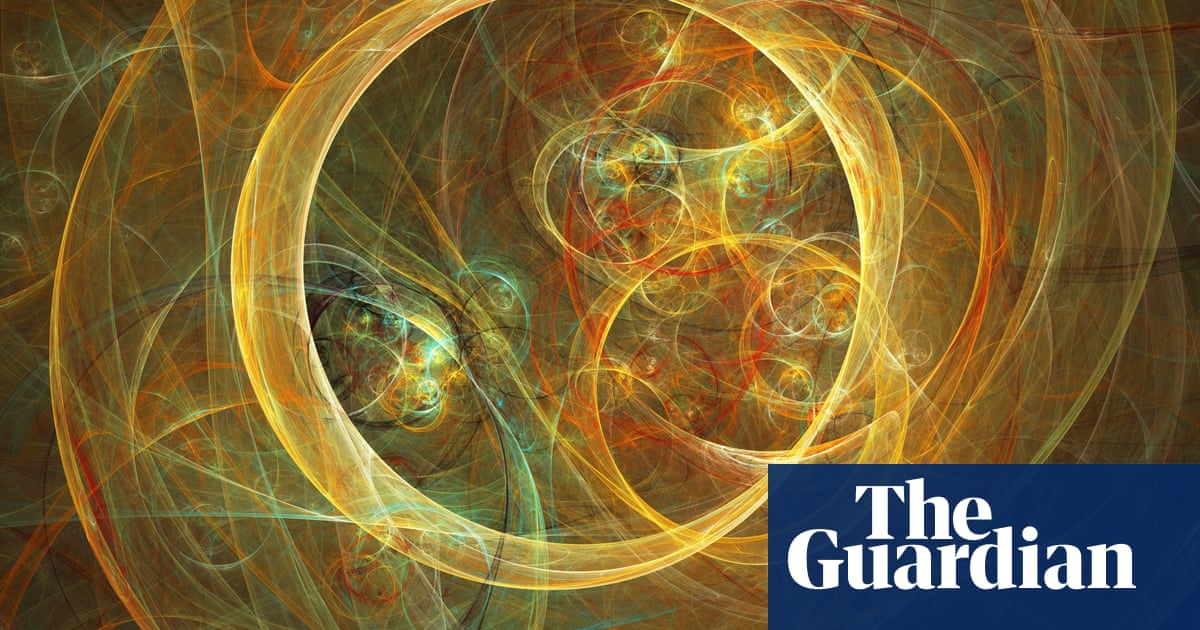The concept of “unstable spacetime” could potentially reconcile conflicting theories in physics.

Scientists have been attempting to close the gap between two contradictory theories at the core of modern physics for over a century. While quantum mechanics accurately explains the behavior of atomic forces, Albert Einstein’s theory of general relativity remains unchallenged in its ability to predict the effects of gravity on cosmic events. However, these two theories are fundamentally at odds with each other.
Scientists have recently put forth a new framework that aims to merge two fundamental concepts in physics by completely rethinking the nature of spacetime. According to this “postquantum theory of classical gravity,” instead of time moving steadily, it would fluctuate unpredictably, resembling the natural ebb and flow of a stream.
According to Professor Jonathan Oppenheim of University College London, quantum theory and Einstein’s general theory of relativity are not mathematically compatible. Therefore, it is crucial to comprehend how this inconsistency is resolved.
Some people remain skeptical of this idea, including Professor Carlo Rovelli, a theoretical physicist and author who has entered into a bet with Oppenheim at odds of 5,000 to 1 against the theory being proven true.
Previously, it was commonly believed that Einstein’s theory of gravity needed to be altered or “quantized” in order to align with quantum theory. This is the perspective of string theory, which proposes that spacetime consists of 10, 11, or potentially 26 dimensions. Another top contender, put forth by Rovelli and others, is loop quantum gravity, which posits that spacetime is made up of finite loops intricately woven into a very delicate fabric.
In a publication in the journal Physical Review X, Oppenheim’s theory contradicts the commonly accepted belief that spacetime is governed by quantum theory. Instead, the theory proposes that spacetime may be classical, meaning that it would remain smooth and continuous even under close examination, rather than being divided into discrete units. Additionally, Oppenheim suggests that spacetime is naturally unstable, with unpredictable fluctuations that disrupt its predictability.
Oppenheim stated that the speed of time is constantly varying and unpredictable, though he emphasized that it would never reverse. He described it as a complex mathematical concept that is difficult to visualize mentally.
The suggested “instability” would lead to a loss of expected outcomes, which, according to Oppenheim, is disliked by “many physicists”.
Among those with a vested interest in the matter are Rovelli and Dr. Geoff Penington, a proponent of string theory at the University of California, Berkeley, who holds a 5,000:1 position on the issue.
Rovelli stated that he welcomes speculations, especially if they can be tested through experiments. However, many speculations end up being incorrect. He believes it is beneficial for Oppenheim to consider this possibility, even though it may not be very likely. However, he finds the claim of a “New theory uniting Einstein’s gravity with quantum mechanics” to be exaggerated.
Ultimately, the validity of the theory is not based on personal aesthetics, but on its accuracy in portraying reality. Another paper, published at the same time in Nature Communications by Dr Zach Weller-Davies, previously from UCL and currently at Canada’s Perimeter Institute, suggests an experiment that aims to reveal “wobbles” in spacetime by measuring small changes in the weight of an object.
The International Bureau of Weights and Measures in France regularly measures a 1kg mass, which was once the standard for 1kg. If the fluctuations in the measurements of this mass are below a certain threshold, the theory can be dismissed.
According to Weller-Davies, our research indicates that if spacetime lacks a quantum nature, there must be unpredictable variations in its curvature. These fluctuations have a distinct signature that can be tested through experiments.
Source: theguardian.com


